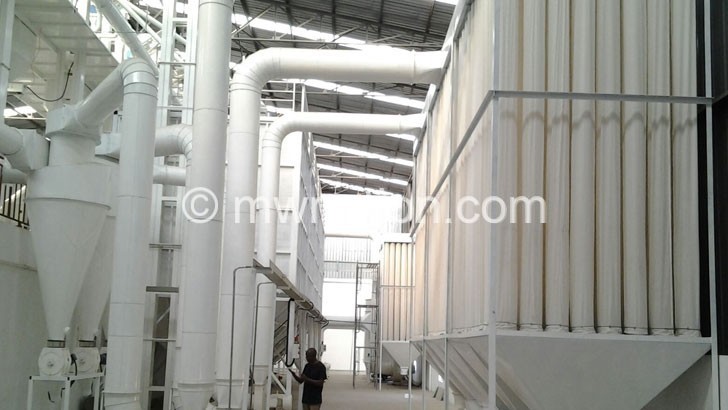Ministry plans area specific fertiliser trials
Ministry of Agriculture, Irrigation and Water Development says trials for area specific fertiliser expected to address nutrient needs in a bid to boost production will start during the 2019/20 growing season.
The trials, expected to run for two years, follow the discovery by the ministry that use of uniform fertilisers nationwide make farmers pay more for nutrients that may not be needed within their areas; hence, the need to change the course.

The ministry is implementing the Strengthening Fertiliser Systems through Promotion of Area Specific Fertiliser Blending in Malawi project alongside The Story Workshop Education Trust (Swet) with financial and technical support from the Alliance from Green Revolution in Africa (Agra).
Speaking during an awareness campaign on the changes at Zombwe Extension Planning Area (EPA) at Ekwendeni in Mzimba, the ministry’s deputy director for land resource survey and evaluation Gilbert Kupunda said they are moving from an old general blanket which, he said, wrongly assumes that all soils in the country have the same deficiencies.
He said the ministry set up a soil mapping steering committee to facilitate the development of area specific fertiliser recommendation nationwide.
Said Kupunda: “We want to devolve the fertiliser that will actually address the needs for that specific area. When you use the bracket fertiliser, you make farmers pay more for nutrients that they don’t need.”
He said farmers have been complaining about the bracket fertilisers, which have increased acidity in the soils, leading to low crop response.
Swet senior production manager Zee Chunga said most farmers complain of low yields; hence, the need to change the course of thinking and doing things in the agriculture sector.
Maize production decreased from 3 464 139 metric tonnes (MT) based on the 2016/17 Third Round Agricultural Production Estimates to 2 697 959MT in the 2017/18 third round estimates.
The affected population will require 138 488 MT of maize relief, according to Malawi Vulnerability Assessment Committee (Mvac).




